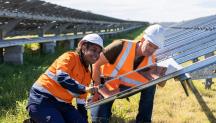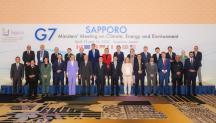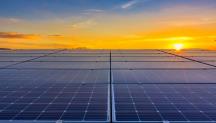

Renewable Energy Auctions: Analysing 2016 (executive summary)
Newsletter
At least 67 countries had used auctions for renewable energy contracts by mid-2016, up from less than 10 in 2005. This auctions report from the International Renewable Energy Agency (IRENA) provides key updates on this crucial mechanism for price discovery and market development.
Average contract prices fell to USD 50 per megawatt-hour (MWh) for solar and USD 40/MWh for wind power in 2016, compared to USD 250/MWh and USD 80/MWh, respectively, in 2010. Chile, Mexico, Morocco, Peru and the United Arab Emirates achieved record price lows with solar and wind auctions in 2016. Along with falling technology costs, policy support and improved access to finance have helped drive accelerating renewable energy development.
Chapter 1 gives the highlights of renewable energy auctions held or announced in 2016.
Chapter 2 reviews the main trends and analyses the evolution of prices resulting from auctions.
Price determinants, analysed inChapter 3, include:
- access to finance and country-specific conditions;
- investor confidence and a conducive environment;
- other policies aimed at supporting renewable energy development; and
- auction design elements.
Chapter 4 presents country case studies to show how the design of each auction has to be tailored to a specific context and objectives.
Chapter 5 analyses the use of auctions to promote less mature technologies, such as offshore wind and biomass, while also delivering socio-economic benefits.
Finally,Chapter 6 outlines key considerations in renewable energy auction design, including trade-offs between maximum cost-effectiveness and other objectives.
The report follows IRENA’s earlier studies:




